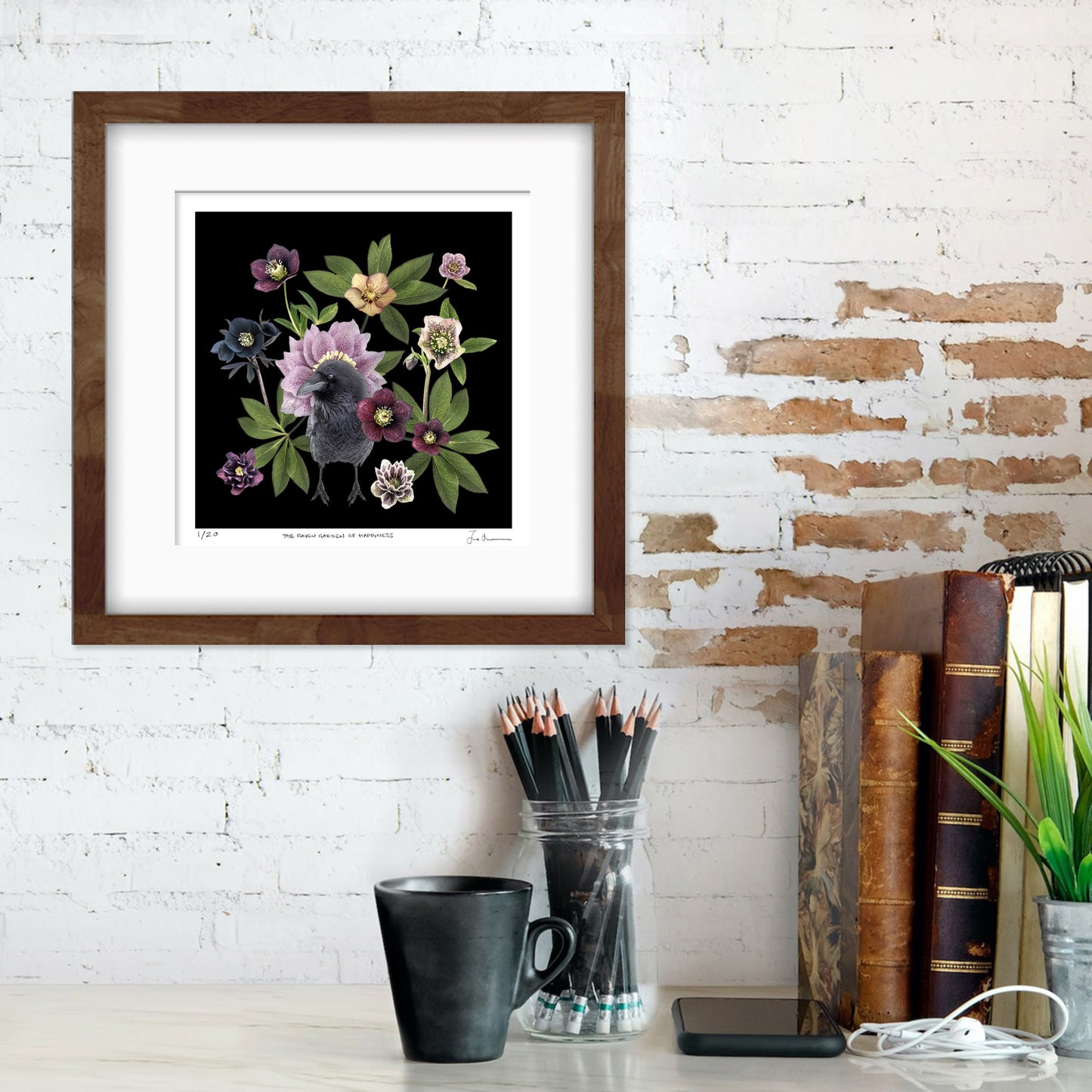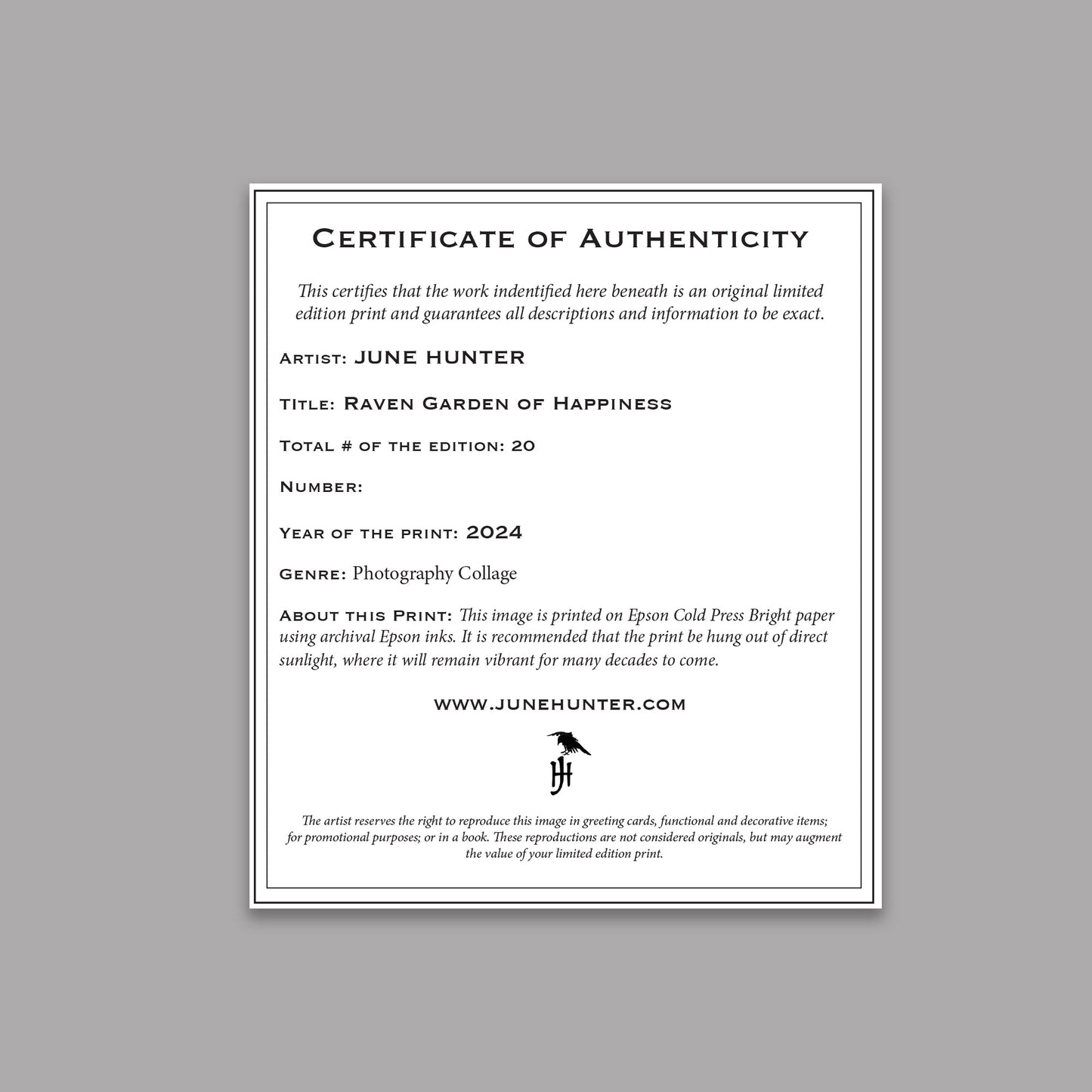Environmental Dead Zone
My previous post was more of a sentimental ode to the patch of scrappy urban nature that may soon be gone.
This one is bit more pragmatic — and a plea to any readers who know of research or information that would support the preservation of a few more fragments of wildlife habitat and green space.

As a young couple, struggling to make it the Vancouver housing market, Marvin and Mavis worry that their nesting site is going to be gentrified into oblivion.
The school that plans to fell the trees and install the artificial turf stadium is a private one and they own the land. They are quite entitled to have a sports facility for their students, of course, and we would love to see a field installed for the kids. We wish, though, that they could be content with a natural grass field. One that would allow a bit of nature, including the poplars, to co-exist with their sports needs.
In fact, this is a conversation that local residents had with the school over ten years ago, and was something we’d thought settled to everyone’s satisfaction when they submitted plans for a grass field in back in 2008.
Now we’ve learned that an amendment to the permit was submitted at the beginning of this year, with no notice to local residents. It’s come as bit of a shock.
The crows have held some ad hoc protest groups already …
If we want to keep a tenuous (and precious) thread to the natural world intact in our cities, we need to make a few compromises.
One of my favourite resources on this topic is John Marzluff’s book, Subirdia.
Marzluff offers ten commandments for small compromises we city dwellers can make in order eke out just enough habitat for our wild neighbours to survive, and maybe even thrive.
Needless to say, cutting down stands of trees and laying down artificial turf are not on his list of suggestions.
Marzluff writes eloquently about why the effort to make space for nature in our urban lives is worthwhile and vital:
“Experience shapes our ethics and actions. If experience no longer includes nature, then our ethics cannot reflect the full needs of our natural world. Our interaction with nature is reciprocal — as we affect it, it affects us. Strengthening our place in the city’s ecological web builds resilience to change and allows us to co-exist with a wonderful diversity of life. Cutting our ties to the web is like cutting the belay line climbers rely upon as they stretch for a distant handhold. As we stretch to live within a rapidly changing world, are we ready to gamble on an unprotected, solo climb?”
While high school students need sports and exercise as part of a well-rounded education, surely ecology and ethics should also be on the curriculum.
I am hoping that the school will be convinced to let the trees remain because of their importance to the shelter, breeding, and feeding for local birds, as well as for their simple beauty.

Mavis ponders life without the Notre Dame poplars
I never thought I’d find myself writing in favour of grass fields, but I also hope that the school and the City will give the artificial turf choice a hard second look. While large grass areas do have many environmental problems — their water water and pesticide consumption being the most obvious — I’m not sure we should replacing grass sports fields with artificial turf without some serious consideration.
The artificial turf “solution” may turn out to be one of those “it seemed like a good idea at the time” sort of things. Some of the articles I’ve read on the pros and cons of artificial turf are listed below.*
This battle is going on in almost every city around the globe. It’s a rather unequal contest between urban development, and quieter voices trying to save some little bits of nature within the sprawl.
To return to Joni Mitchell’s words, “you don’t know what you’ve got till it’s gone.”
Even if you don’t fully realize that your day is made a little more sane by the distant sound of birdsong, or the antics of a crow on the power lines, I’m pretty sure you would notice a silence and an absence.

OLYMPUS DIGITAL CAMERA
See my previous post: Urban Nature is Fragile
Follow for news of community action: Notre Dame Neighbours
*SOME ARTICLES ABOUT PROS AND CONS OF ARTIFICIAL TURF
The Conversation: Why artificial turf may truly be bad for kids
Mom’s Team, The Trusted Source for Sports Parents — Turf Wars: the Pros and Cons of Artificial Turf
Mike Ozanian, How Taxpayers Get Fooled On The Cost Of An Artificial Turf Field
Huffington Post: Artificial Grass May Save Water, But Does It Endanger People?
The Guardian: Growth in artificial lawns poses threat to British wildlife, conservationists warn



















